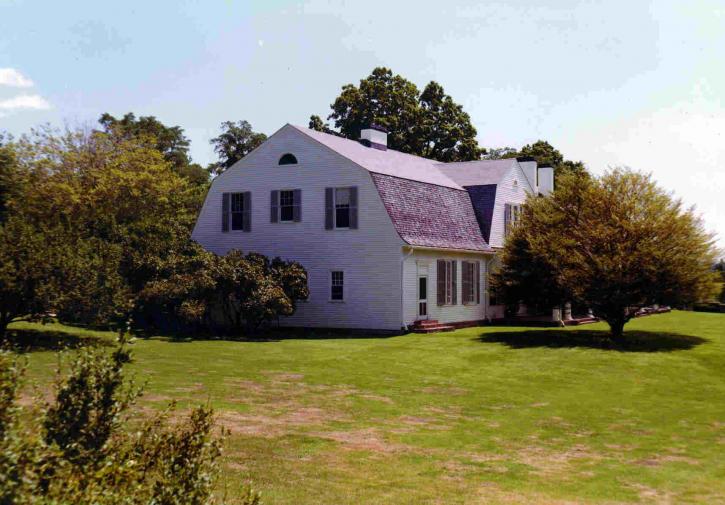A recent decision by the Bankruptcy Appellate Panel for the 1st Circuit held that, in certain circumstances, homestead protection applies to adjoining parcels with a common owner. In its decision the court confirmed that when a homeowner uses the surrounding land in connection with the principal residence, the owner is entitled to homestead protection on those parcels.
Judge Bruce A. Harwood stated “
The Bankruptcy Appellate Panel followed the lead of the Massachusetts Supreme Judicial Court in construing the Homestead exemption liberally in favor of homeowners.
This case reinforces just how valuable a declaration of homestead can be when a homeowner becomes a debtor.
If your home is not protected under the Massachusetts Homestead Act, it is important to contact a knowledgeable real estate attorney to ensure your residence, and adjacent parcels of land, are protected from creditors.
– Sean Hurley

